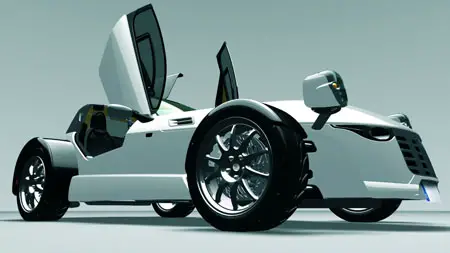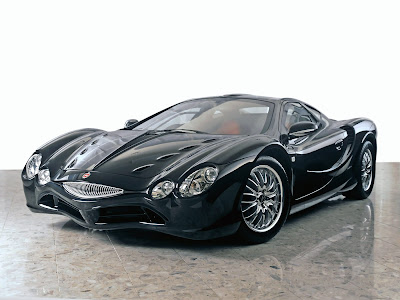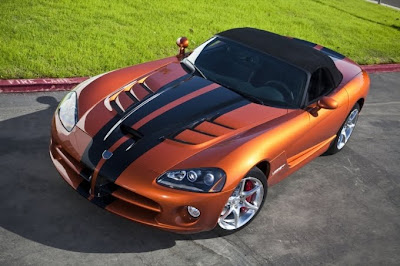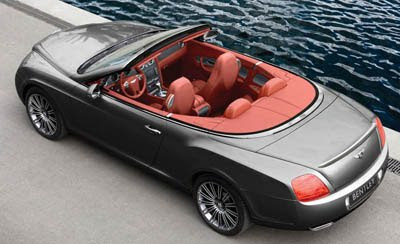The F50 was introduced in 1995, as a successor to the F40, to celebrate the company’s 50th anniversary. The car is a two door, two seat convertible with a removable hardtop. It has a 4.7 L naturally-aspirated 60-valve V12 engine that was developed from the 3.5 L V12 used in the 1992 Ferrari F 92 A Formula One car.

Farrari f50 has 12-cylidner, 4-75-liter, rear-mounted engine produces an astonishing 520 horsepower, allowing the automobile to accelerate from zero-to-sixty miles per hour in 3.7 seconds and taking the automobile to a top speed of 203 mph.
The block itself is made from cast iron, with aluminum cylinder heads. Just behind the engine is a magnesium oil unit and longitudinal gear box. The oil unit provides the links to the suspension and is an integral part of the engine’s dry sump system.

Inside the combustion chamber resides five valves, three for intake and two for exhaust. The idea being that smaller valves allow a higher flutter speed. In the F50′s case, the valves can cope at speeds up to 10 000 rpm.
The F50 is suspended via double wishbones with inboard damping and springing. All the joints linking the suspension to the chassis were rigid, as they are on racing cars. On the rear axle, the suspension arms were fixed to an intermediate element between the engine and the gearbox which acts as an oil tank.

The body is made completely of composites, specifically carbon fiber, kevlar and Nomex honeycomb. To remind the owner of was lurks under the red, yellow or black paint, the carbon fiber weave is visible in the texture of the body.

Racing achieved its most extraordinary progress in the field of braking. The F50 offered the braking of a racing car with a system designed in cooperation with Brembo to incorporate four cast iron discs splined directly on the aluminum hub. The calipers were in alumimium with four large ground cylinders, like those used on Formula 1. The braking system was sized so that it would not need servo-assistance or ABS. Cooling was guaranteed by dynamic air intakes front and rear.
The rear wheel assembly, including Titanium hubs, incorporated a Ferrari Formula 1 patent. This system reduces the number and weight of components, and allows extension of the axle shaft reducing power absorption.

Interior
The interior was designed with efficient functionality, ergonomics, and safety in mind. The multi-sized composite seats were upholstered in Connolly leather and special ‘transpiring’ material. The driving position was fully adjustable, including the pedals – the control pads adjusted to the driver’s shoe size – with an F1-type heelrest. The gear shift was the classic Ferrari unit, with gated selector, lever, and knob all in composite. The rearview mirror was shaped to improve visibility in both roof configurations.

All controls were specially designed to guarantee ergonomy, and the environmentally-friendly climate control unit was designed for maximum comfort even when the car is open. For racing use, the car has an FIA standard roll bar and 4-point seat belt attachments. The straight forward instrumentation emulated the system designed for contemporary F1. The instruments were managed entirely by an 8-bit microcomputer. The main LCD display had 130 elements and was lit by electro-luminescent bulbs. The major functions were the rev-counter and mileage counter.

A panel of tell-tales was positioned to one side, with numerous ideograms representing various alarm signals. It also included a statistics bank incorporating a crash record that memorizes the various use and mission profile parameters of the car, a function that is similar to the concept of telemetric techniques. The gear engaged was calculated by matching engine rpm to the car speed, and is displayed on the panel.
There are long air intakes in the flanks of the car, and the neat tail is topped by a high-mounted spoiler. The whole car had a strong wedge line, and was designed to get the air away from beneath the car. The Ferrari F50 was intended to be a Grand Prix car for the road – but with a sports car body.













